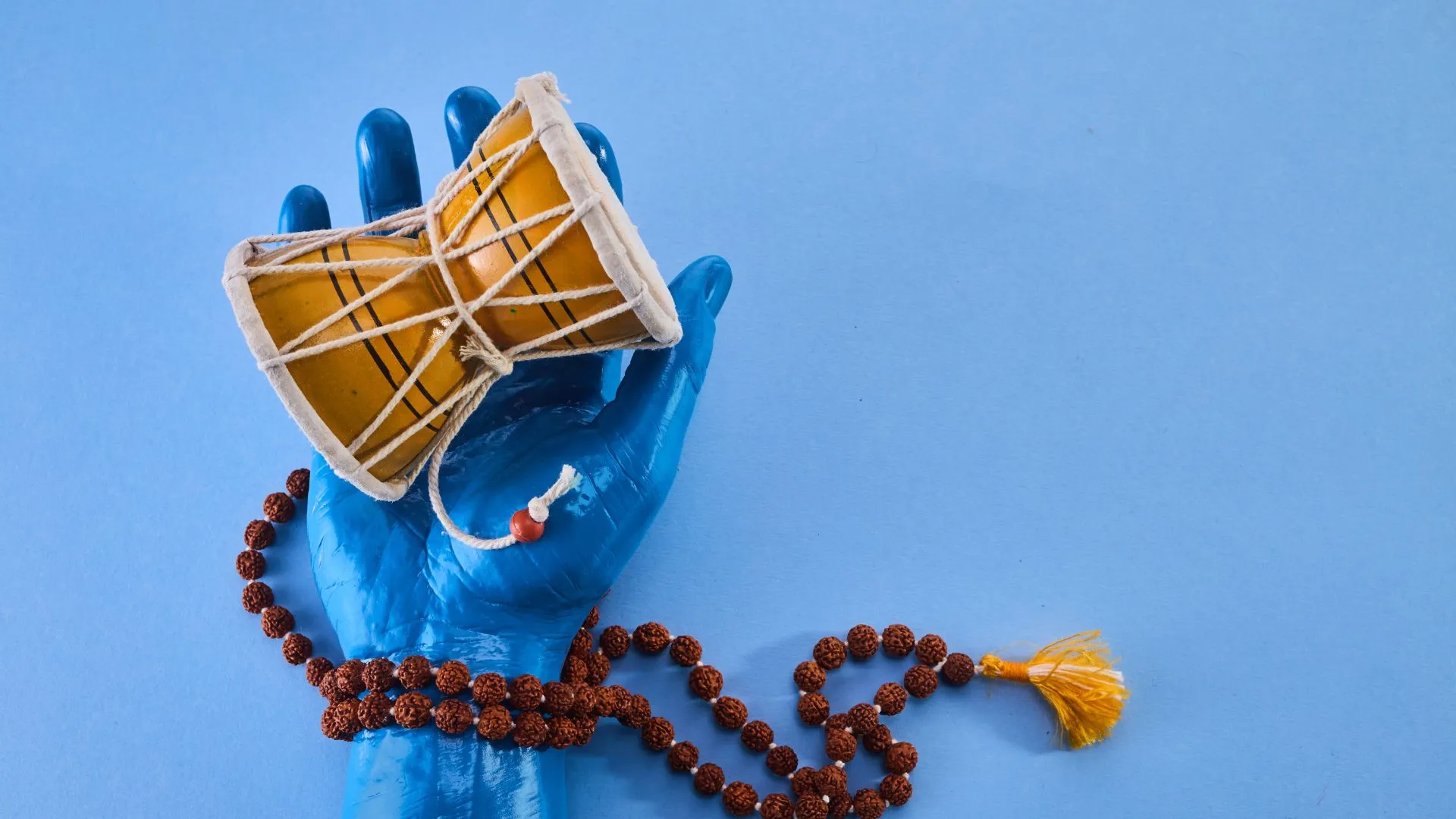Who is the Son of Shiva and Mohini?


Indian spirituality is rich with mythological stories that have captivated the minds and hearts of people for centuries. One such intriguing tale is that of the son of Shiva and Mohini. In Hindu culture, Shiva and Mohini are revered deities, and their union resulted in the birth of a remarkable being.
Ayyappan, also known as Hariharaputra, is the son of Shiva, the supreme deity of destruction and transformation, and Mohini, the enchanting form of Lord Vishnu. The story of his birth is both fascinating and significant.
According to the ancient scriptures, the demoness Mahishi was wreaking havoc on Earth and even the gods found it challenging to defeat her. In their desperation, Lord Vishnu transformed into the beautiful enchantress Mohini to distract the demoness. Mohini's beauty was unparalleled, and Mahishi was captivated by her charm.
In a twist of fate, Shiva was also enthralled by Mohini's allure and couldn't resist her. Their union resulted in the conception of Ayyappan. The divine child was destined to be the slayer of Mahishi and bring peace to the world.
Ayyappan's birth was shrouded in mystery and secrecy. He was raised by a king named Rajasekara Pandiyan and his queen, who were childless. The couple found the newborn baby on the banks of the Pampa river and embraced him as their own.
As Ayyappan grew older, he displayed extraordinary qualities and possessed immense knowledge and wisdom. He was a prodigious warrior and exhibited exceptional skills in archery and swordsmanship. His divine heritage granted him supernatural abilities, making him a formidable force.
Ayyappan's story has inspired a deep sense of devotion and reverence among his followers. Devotees undertake a pilgrimage to the Sabarimala temple in Kerala, India, to seek his blessings and attain spiritual awakening.
The temple is nestled in the dense forests of the Western Ghats and is accessible only by foot. Pilgrims observe strict austerity during their journey, which includes observing celibacy, fasting, and wearing simple clothing. The pilgrimage is a profound spiritual experience, fostering a sense of unity and devotion among the devotees.
Ayyappan is often depicted as a young man adorned in traditional attire, holding a bow and arrow. He is portrayed with a radiant aura, symbolizing his divine nature. The bow represents the power to overcome obstacles and negativity, while the arrow signifies his focused determination.
His image is also associated with the presence of a tiger, which symbolizes courage and fearlessness. The tiger serves as his loyal companion, emphasizing the harmony between humans and nature.
Ayyappan's story resonates deeply with individuals seeking spiritual enlightenment and inner transformation. His journey from a divine union to a powerful deity serves as a reminder of the inherent divinity within each individual.
Phool, an aromatherapy and spiritual awakening brand, understands the significance of ancient traditions and the power of divine stories. Through their range of flower-based incense sticks, havan cups, essential oils, and soy wax candles, Phool aims to create an immersive experience that connects individuals with their spirituality.
The tale of the son of Shiva and Mohini, Ayyappan, is an enchanting narrative that encompasses love, devotion, and the triumph of good over evil. His birth and journey continue to inspire millions of people, instilling a sense of faith and spirituality.